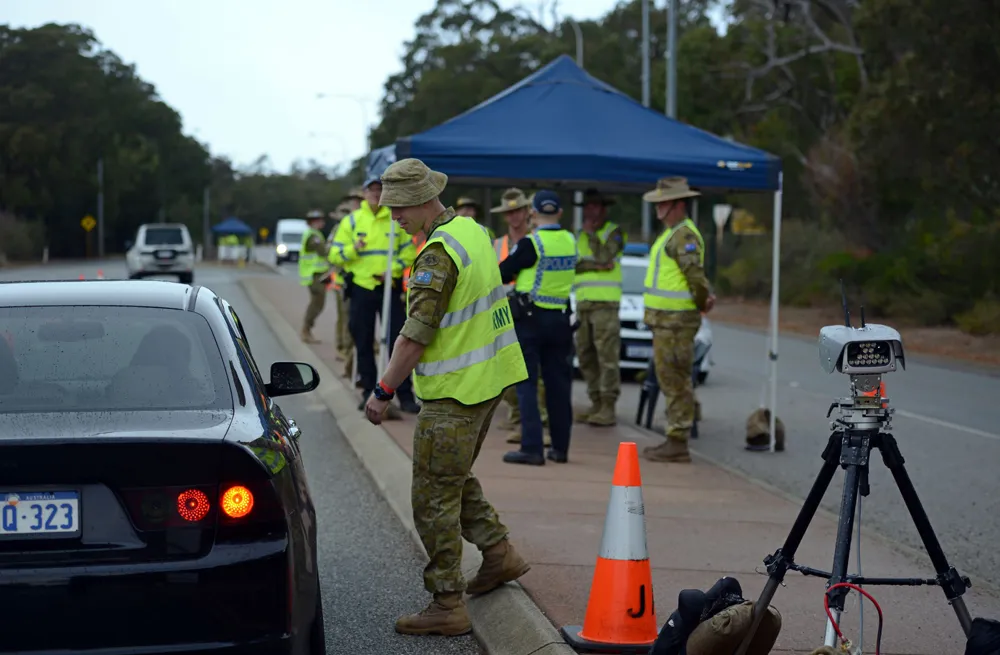PIPS Technology has supplied and installed two Journey Time Measurement Systems (JTMS) in Gravesend and Tunbridge Wells for Kent Highway Services (KHS) in the UK. There are 21 different camera sites featuring a total of 34 PIPS P372 integrated Spike Automatic Number Plate Recognition (ANPR) cameras spread across the two individual project locations, all of which are on single-lane carriageways. The cameras, linked via wireless communications to the JTMS software, read the number plate of every vehicle that
June 25, 2012
Read time: 1 min










